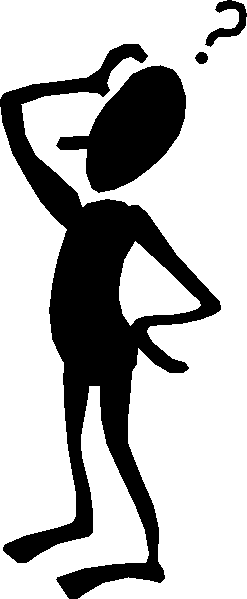Just like with texts, you have to properly cite an image when using it. Unlike text, you are not allowed to use many images online unless you have obtained copyright permissions, paid royalties, or the image is Creative Commons (free of cost to use as long as you attribute). The reading How to Legally Use Images Online for Students is a good overview.
Finding Copyright-Free Images
- Filter Google Image Search Results
- Google Image Search > Tools > Usage Rights > Labeled for noncommercial reuse (with or without modification)
- Noun Project Free Icons
- Pixabay Free Images
- Pexels Free Images
- Unsplash, Commons Wikimedia, among many others out there
Citing Creative Commons Images
Use TASL
Title
Author
Site
License
Example Citation

This is an image from Wikimedia Commons. The license is listed underneath the picture. The license information tells you what you need to include in a proper citation. You would need to attribute the author, provide a link to the CC license, and indicate if any changes were made. It is also good to provide a link back to the image.
Ideal Online Citation:
“Man-scratching-head.gif” by Dukesy68 is licensed under the CC BY-SA 4.0 License via Wikipedia modified by color saturation.
Ideal Print Citation: You will need to write out the URLs.
Silhouette by Dukesy68 is licensed under the CC BY-SA 4.0 License: https://creativecommons.org/licenses/by-sa/4.0/deed.en via https://en.wikipedia.org/wiki/File:Man-scratching-head.gif modified by color saturation.
More examples of Ideal Attributions:
Creative Commons Wiki Best Practices for Ideal Attributions
Using Images from Museum Sites
Gray Area
DON’T USE?
On one hand, using images can fall under “copyright violation” under some of the museum’s policy (not all, but probably several).
YES, USE?
On the other, technically any works (and reproduced images of works) before 1924 are automatically in the Public Domain, so the museums can’t copyright the art, but they do. That is because museums get around this by claiming originality to their scan of the artwork— which gives it new value.
Best Options
- Don’t use the images from such museum databases
- Continue to use the images under good will that no trouble will occur
- Follow Fair Use process to document determined, legal use of these images: FairUse Libguide
It can get complicated treading through legalities of copyright with images. There is a move for museum resources to be more open and many museums do allow and encourage open use of their images.